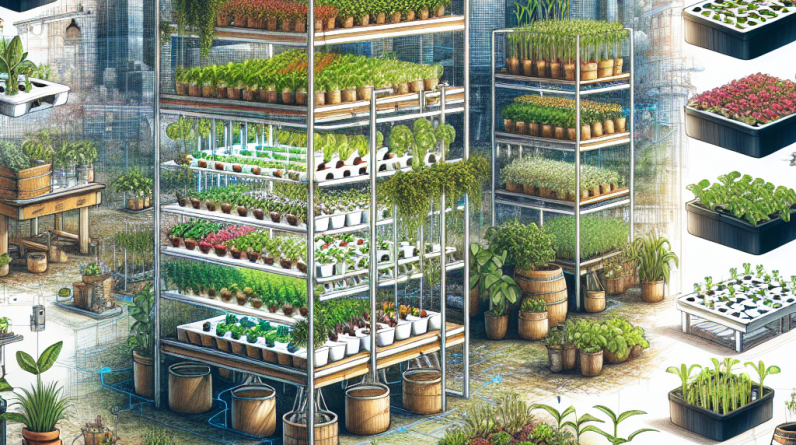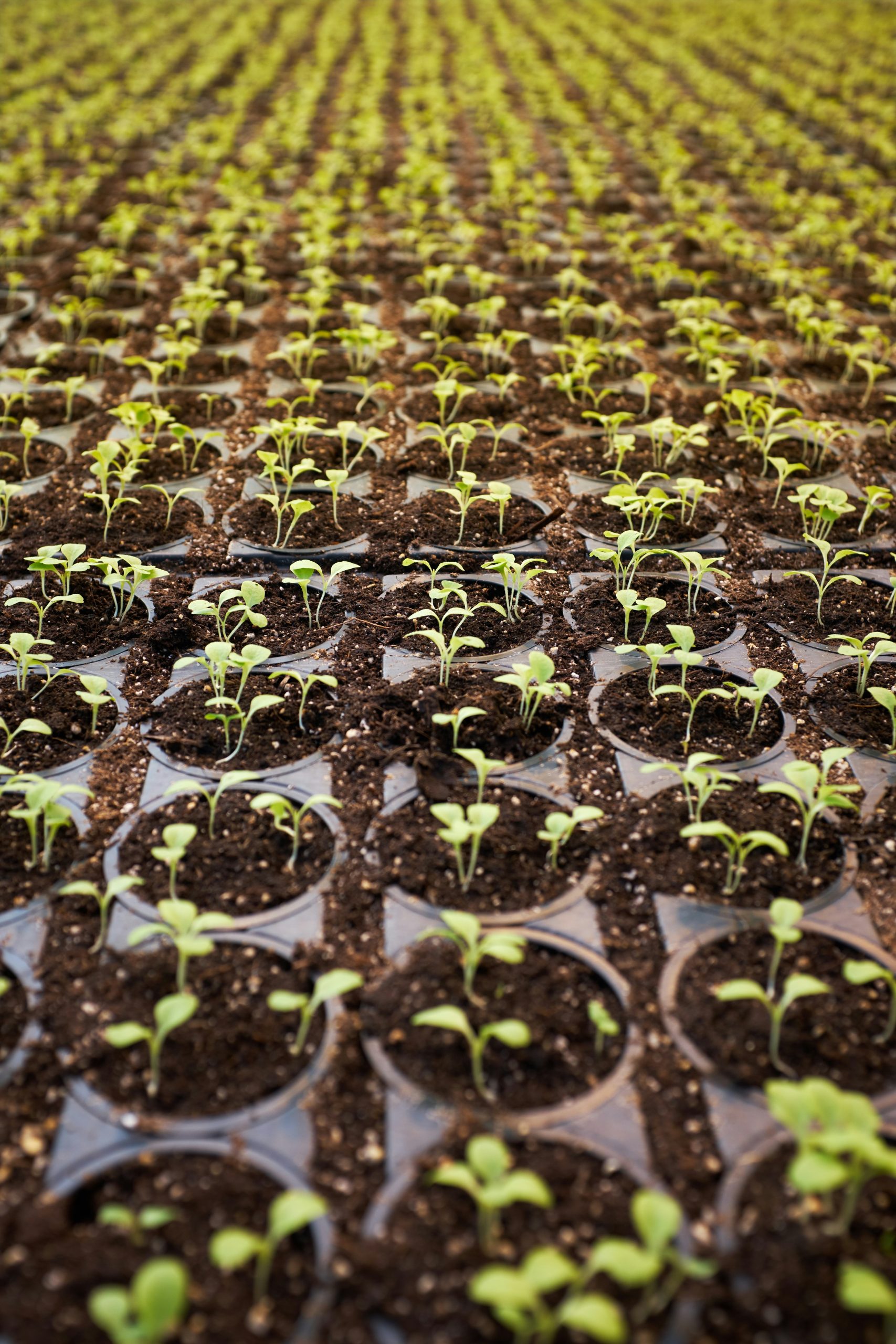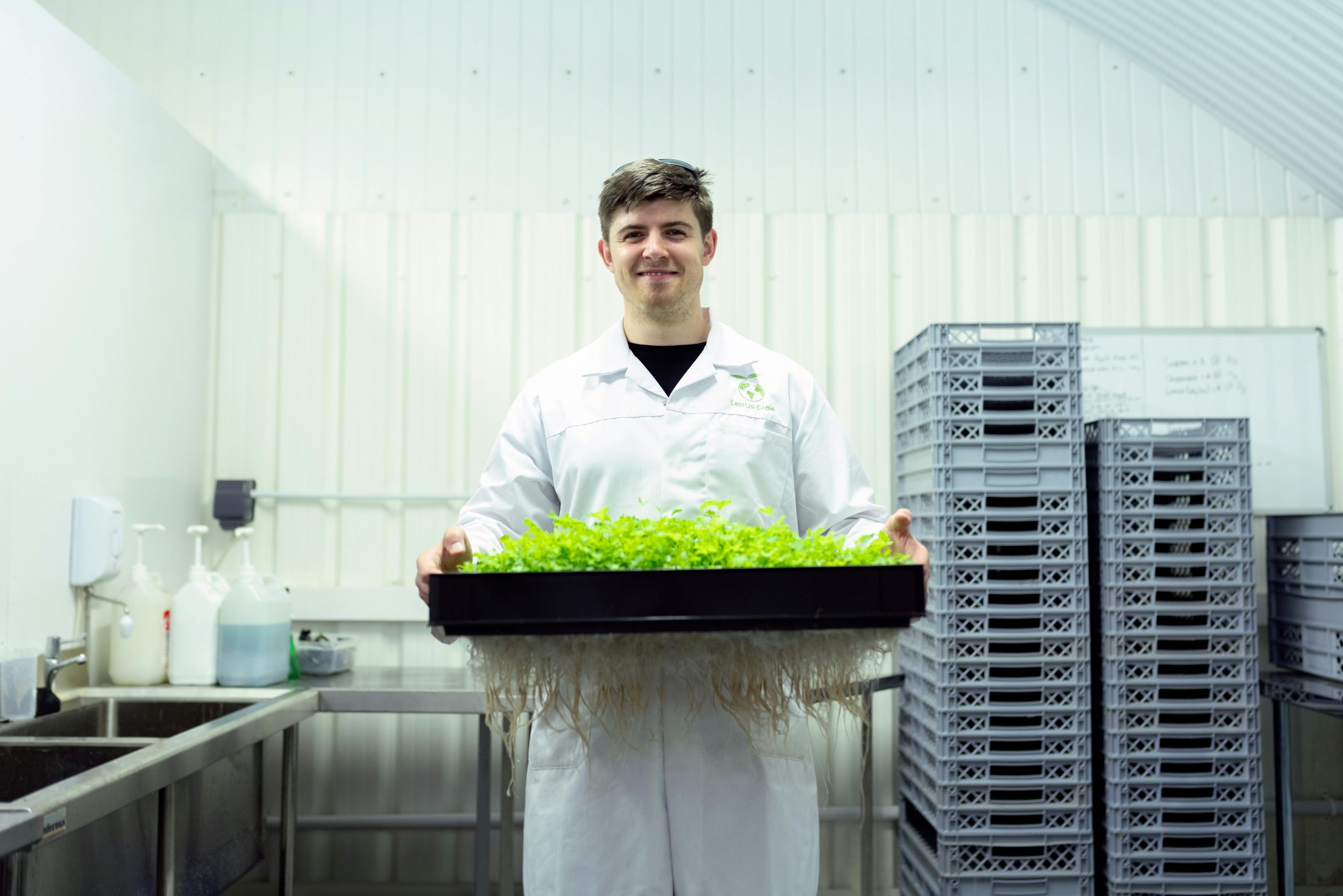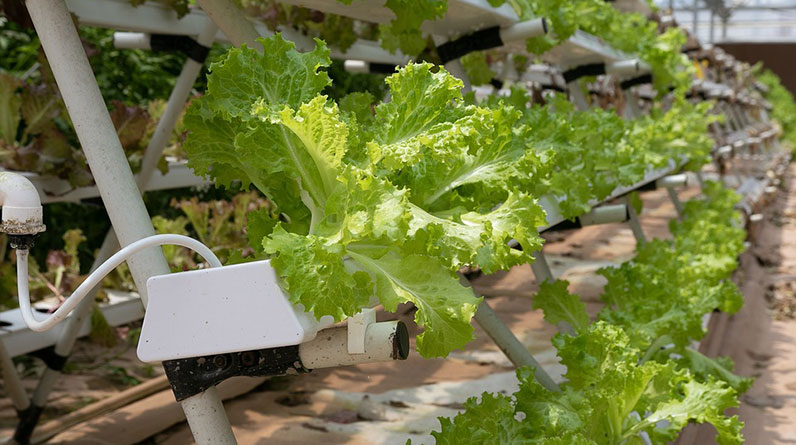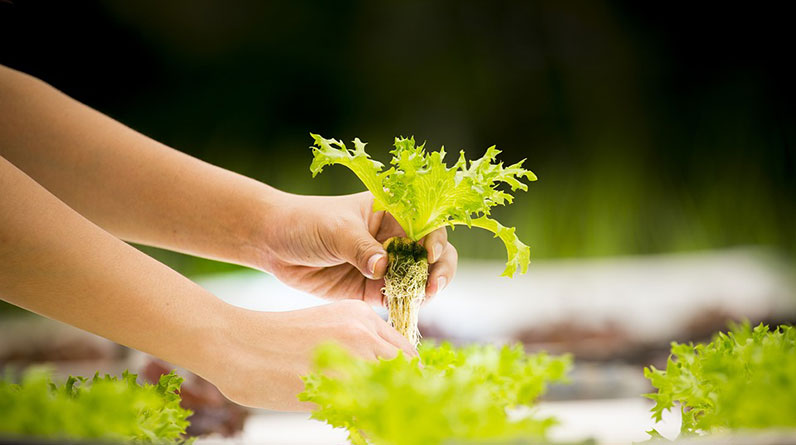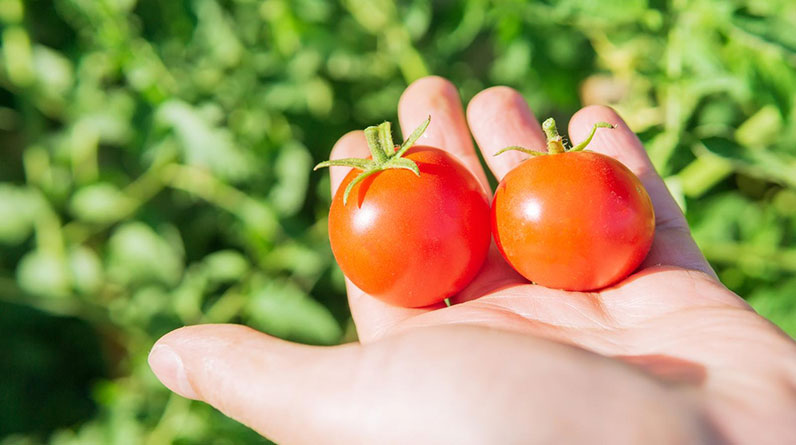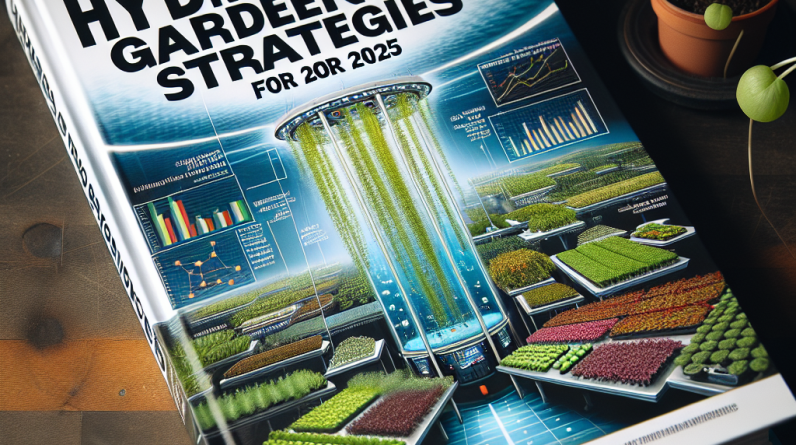
Table of Contents
- 1. Introduction to Hydroponic Gardening
- 2. Benefits of Hydroponic Gardening in 2025
- 3. Choosing the Right Hydroponic System
1. Introduction to Hydroponic Gardening
Understanding Hydroponic Gardening Basics
Hydroponic gardening is an innovative soil-less cultivation method that allows plants to grow in nutrient-rich water solutions. This technique has gained significant popularity globally, especially as urban agriculture and limited space make traditional gardening challenging. In 2025, hydroponic gardening remains a vital strategy for efficient, sustainable food production. The key advantage is that plants absorb nutrients directly from water, promoting faster growth rates and higher yields compared to conventional soil gardening.
Many beginners often wonder how hydroponic gardening differs from traditional soil gardening. The primary difference is the medium used; instead of soil, hydroponic systems utilize inert materials like perlite, coconut coir, or rockwool to support plants physically. This approach not only reduces the need for large land areas but also minimizes soil-borne pests and diseasesâmaking it a cleaner and more controlled option.
If you’re considering starting with hydroponic gardening in 2025, understanding the fundamentals is essential. From choosing the right nutrients to setting up your system, laying a solid foundation will help you succeed and enjoy fresh produce year-round. It’s a sustainable, resource-efficient method that fits well with the modern lifestyle and environmental consciousness.
2. Benefits of Hydroponic Gardening in 2025
Increased Crop Yields and Faster Growth
One of the most compelling reasons to adopt hydroponic gardening in 2025 is its potential for higher crop yields. Because plants receive a nutrient-dense water supply directly, they tend to grow fasterâoften 25-50% quicker than in traditional soil-based methods. For example, lettuce can be harvested in as little as three weeks in a hydroponic system, compared to six weeks outdoors.
This accelerated growth results from a precisely controlled environment that optimizes nutrient delivery and environmental factors. Farmers and home gardeners alike benefit from more frequent harvests and increased productivity per square foot. As urban farming increases in popularity, hydroponic gardening proves to be a practical solution to produce more food efficiently.
Additionally, research in 2025 indicates that hydroponic systems can produce higher-quality produce with better flavor and nutrient density, given that nutrients are tailored to specific crops. This makes hydroponic gardening a go-to method for health-conscious consumers and commercial growers aiming for premium products.
Water and Space Efficiency
Hydroponic gardening is highly efficient in water usage, utilizing up to 90% less water than traditional soil gardening. Since water is recirculated in most systems, leakages are minimized, and plants receive a consistent supply of moisture. This is especially beneficial in drought-prone areas or regions facing water restrictions in 2025.
Space-wise, hydroponic gardening allows enthusiasts to grow more plants vertically or in stacked layers. Indoor hydroponic setups can fit into small urban apartments, and commercial operations can scale with minimal land. This flexibility makes it a sustainable choice in densely populated areas where land and water resources are limited.
In 2025, urban farms are increasingly adopting hydroponic systems not just for efficiency but also for their ability to produce food close to consumers, reducing transportation emissions and supporting local economies. The versatility and resource savings are key drivers behind its rising adoption worldwide.
3. Choosing the Right Hydroponic System
Popular Types of Hydroponic Systems
There are several types of hydroponic systems, each suitable for different scales and types of crops. The most common include Nutrient Film Technique (NFT), Deep Water Culture (DWC), Drip Systems, and Aeroponics. Understanding their differences helps you select the best one for your needs in 2025.
NFT involves a thin film of nutrient solution flowing over the roots of plants in a sloped channelâideal for leafy greens and herbs. DWC keeps roots submerged in a nutrient-rich oxygenated water pool, promoting rapid growth and easy maintenance. Drip systems deliver nutrients directly to individual plant roots using a network of drippers, good for larger plants like tomatoes.
Each system has its advantages: NFT is simple and efficient, DWC offers high yields with minimal equipment, and drip systems are versatile and scalable. Your choice should reflect your space, budget, and crop preferences, especially as innovative hybrid systems are emerging in 2025 to optimize efficiency further.
Factors to Consider When Selecting a System
When picking a hydroponic gardening system, consider factors such as the size of your operation, crop type, and environmental control capabilities. For beginners, a simple DWC or wick system might be easiest to start with. More advanced growers might explore aeroponics or hybrid systems for maximum productivity.
Cost is another critical element. While some systems can be inexpensive to set up, others might require significant upfront investments. In 2025, smart automation features, such as nutrient monitoring sensors and automated watering, are increasingly available and can improve yield consistencyâthough they also add to initial costs.
Finally, think about scalability. If you’re starting small or testing different crops, choose a modular system that can expand as needed. This flexibility will help you adapt quickly to market demands or personal goals in the evolving landscape of hydroponic gardening in 2025.
Frequently Asked Questions about Hydroponic Gardening in 2025
1. What is hydroponic gardening, and why is it popular in 2025?
Hydroponic gardening is a method of growing plants without soil, using nutrient-rich water solutions. Its popularity in 2025 stems from its efficiency, sustainability, and ability to produce higher yields in limited spaces. As urban populations grow and resources become more constrained, hydroponic gardening offers a practical and eco-friendly solution.
2. How can I start my own hydroponic garden?
Begin by choosing a suitable system based on your space and budgetâsuch as a simple DWC or NFT setup. Next, gather quality seeds, nutrients, and lighting if indoors. Follow instructions carefully for setup, and monitor pH and nutrient levels regularly. Online tutorials and local gardening groups can also provide support.
3. Is hydroponic gardening suitable for all types of plants?
While many leafy greens, herbs, and small fruiting plants thrive in hydroponic systems, some larger or soil-dependent crops might require specialized setups. Research specific crops to understand their requirements and choose a system suited for them.
4. What are the major advantages of hydroponic gardening?
Advantages include faster growth, higher yields, water efficiency, space-saving, and fewer pests and diseases. It also allows year-round cultivation regardless of outdoor weather conditions, making it highly suitable for 2025’s urban and sustainable gardening trends.
Conclusion
In conclusion, hydroponic gardening is transforming how we grow food in 2025. Its innovative strategies enable gardenersâfrom hobbyists to commercial growersâto maximize productivity while conserving resources. By understanding system options, benefits, and best practices, you can embrace hydroponic gardening and enjoy fresh, healthy produce year-round. As this method continues evolving with technological advancements, mastering it now will position you at the forefront of sustainable agriculture.



